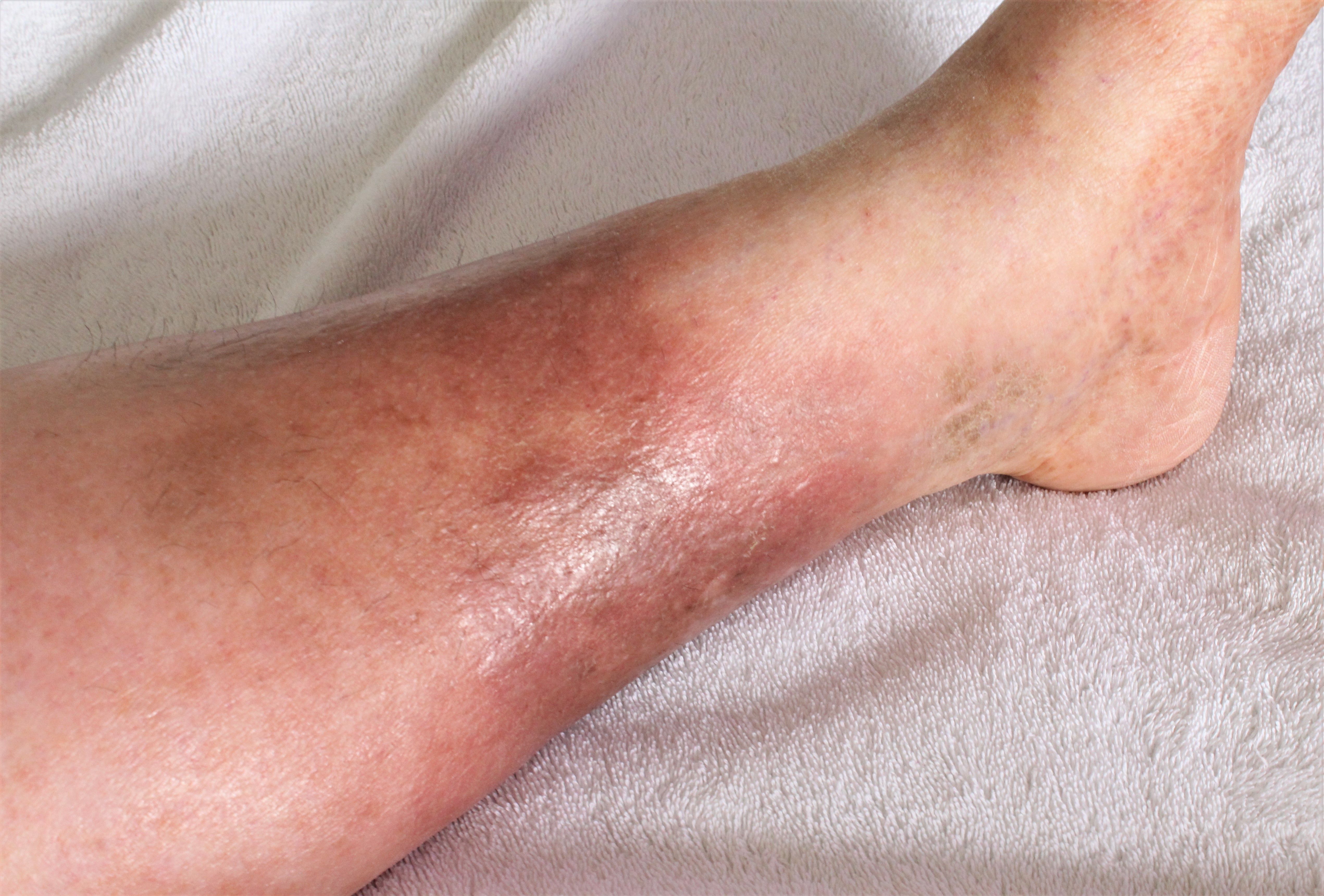- Acne
- Actinic Keratosis
- Aesthetics
- Alopecia
- Atopic Dermatitis
- Buy-and-Bill
- COVID-19
- Case-Based Roundtable
- Chronic Hand Eczema
- Chronic Spontaneous Urticaria
- Drug Watch
- Eczema
- General Dermatology
- Hidradenitis Suppurativa
- Melasma
- NP and PA
- Pediatric Dermatology
- Pigmentary Disorders
- Practice Management
- Precision Medicine and Biologics
- Prurigo Nodularis
- Psoriasis
- Psoriatic Arthritis
- Rare Disease
- Rosacea
- Skin Cancer
- Vitiligo
- Wound Care
News
Article
QTORIN Rapamycin Gets Positive Topline Results for Rare Skin Disease Treatment
Author(s):
A recent phase 2 study revealed that the gel could act positively in microcystic lymphatic malformations, which currently have no FDA-approved treatments available.
QTORIN 3.9% anhydrous rapamycin gel (QTORIN rapamycin) produced positive results in treating microcystic lymphatic malformations (microcystic LMs), according to a press release. There are currently no US Food and Drug Administration (FDA)-approved treatments or therapies for the condition.
Blue/AdobeStock

The FDA and European Medicines Agency have both granted QTORIN rapamycin Orphan Drug designations. The FDA has also granted the drug a Fast Track designation.
Microcystic LMS are a rare, genetic skin disease in which soft tissue lymphatic vessels diffuse and emerge through the skin barrier. This causes lymph fluid leaks and bleeding, which can lead to infections and cellulitis.1-2
It is estimated that 30,000 Americans are impacted by the condition.1
“People living with microcystic LMs face daily challenges and frequent, sometimes life-threatening hospitalizations due to cellulitis. Current treatments are inadequate, invasive, and do not address the underlying mechanisms of this debilitating disease,” said James Treat, MD, a pediatric dermatologist at Children’s Hospital of Philadelphia and study investigator in a recent press release. “The encouraging results from the Phase 2 study of QTORIN rapamycin build upon the large, growing evidence base supporting targeted therapeutic intervention of Microcystic LMs via the mTOR pathway.”
Palvella Therapeutics, a company serving patients with rare skin diseases, announced the positive results in a press release following the conclusion of a phase 2 study in February.
The study, which was multi-center and open-label, sought to determine the gel’s efficacy using multiple assessments. Assessments included clinician, patient global, and individual clinical assessments and sought to collect data regarding disease burdens for patients with the condition.
Disease-specific data points included bleeding, crusting/hyperkeratosis, erythema, leaking, and lesion height.
The study involved 12 participants with microcystic LMs, each of whom were asked to use QTORIN rapamycin on a once-daily basis for a duration of 12 weeks. Researchers assessed participants on Clinician Global Impression of Change (CGI-C) and Patient Global Impression of Change (PGI-C) scales.
At the conclusion of the 12-week period, all participants had demonstrable improvement in accordance with both scales. Researchers marked them either “Much Improved” or “Very Much Improved” as a result.
Researchers also conducted exit interviews with study participants to assess perceived efficacy and quality of life impacts.
These interview results, as well as additional results from the study, will be shared at an upcoming meeting, according to Palvella. The company plans to begin a phase 3 QTORIN rapamycin study in the later half of 2023.
References
- Palvella Therapeutics. Palvella Therapeutics announces positive topline results from phase 2 study of QTORIN™ 3.9% rapamycin anhydrous gel (QTORIN™ rapamycin) for the treatment of microcystic lymphatic malformations, a serious, rare genetic skin disease with no FDA-approved therapies. GlobeNewswire News Room. https://www.globenewswire.com/news-release/2023/03/09/2623986/0/en/Palvella-Therapeutics-Announces-Positive-Topline-Results-from-Phase-2-Study-of-QTORIN-3-9-Rapamycin-Anhydrous-Gel-QTORIN-rapamycin-for-the-Treatment-of-Microcystic-Lymphatic-Malfor.html. Published March 9, 2023. Accessed March 13, 2023.
- Microcystic lymphatic malformation - about the disease. Genetic and Rare Diseases Information Center. https://rarediseases.info.nih.gov/diseases/13020/microcystic-lymphatic-malformation. Accessed March 13, 2023.
Newsletter
Like what you’re reading? Subscribe to Dermatology Times for weekly updates on therapies, innovations, and real-world practice tips.














